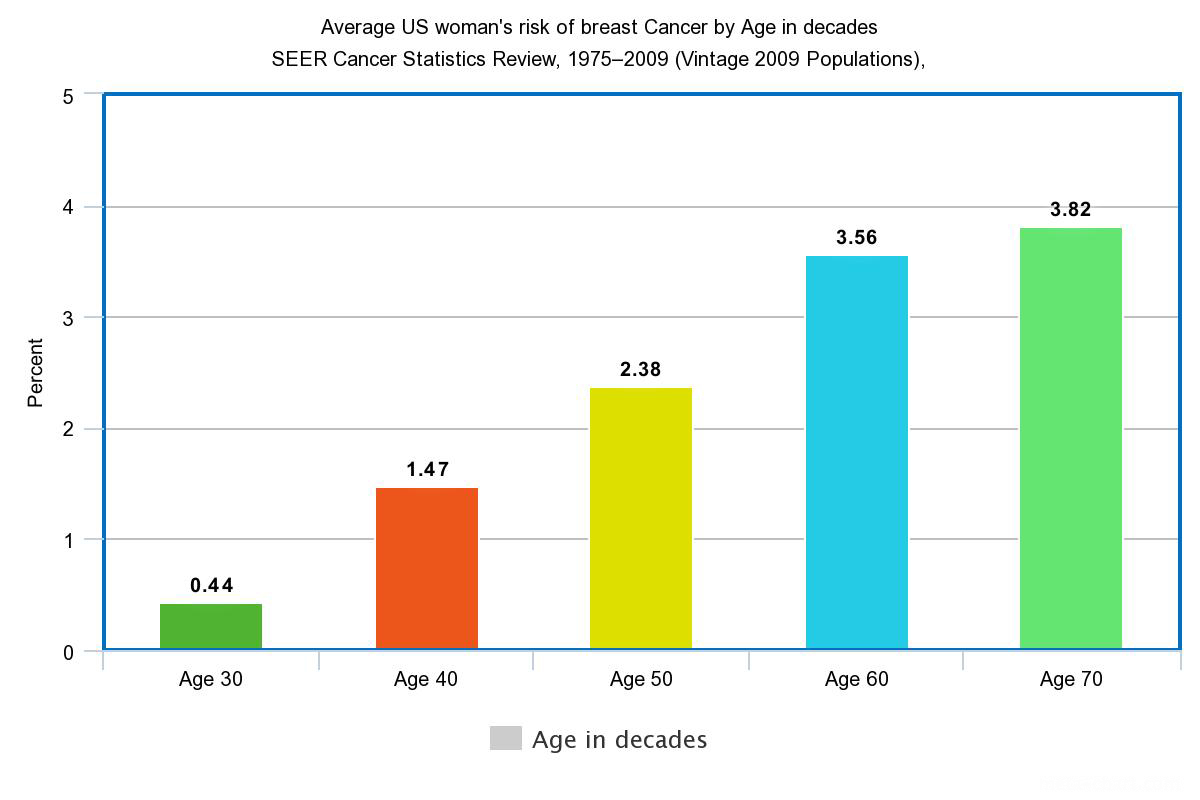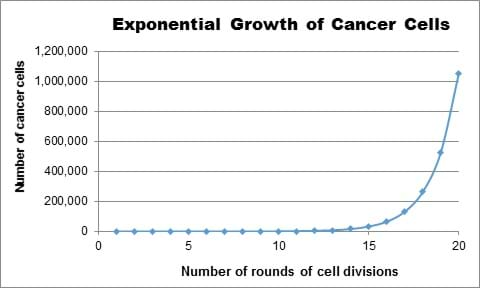
For example, approximately 30 years after the introduction of "light" cigarettes in the 1970s, recent reports ( National Cancer Institute, 2001 Harris et al., 2004) have described the failure of “light” (6 ≤ Federal Trade Commission (FTC) tar content (mg/cig) < 15) and “ultralight” (FTC tar < 6 mg/cig) cigarettes to reduce smoking-related disease. Epidemiologic determination of the health risks of a given type of cigarette may only be possible after smokers have been exposed to the product for at least 20 years. Unfortunately, it is difficult to quit smoking ( Hughes et al., 2004) and various types of new tobacco products have been introduced in the last decades with explicit and/or implied promises of greater relative safety ( Stratton et al., 2001), e.g., “light” and “ultralight” cigarettes as well as newer “potentially reduced exposure product” (PREP) cigarettes such as the Eclipse™. Department of Health and Human Services, 2000). Surgeon General Report in 1964 (from 42% in 1965 to 21% in 2004) ( Centers for Disease Control and Prevention, 2005), it is not decreasing at a rate that will meet the goal of 12% set in Healthy People 2010 ( U.S. Nevertheless, though smoking prevalence in adults has decreased significantly in the United States since the first U.S. Department of Health and Human Services, 1964).


Given what is known about chemical carcinogens in MCS, this study shows that there is a higher incidence of lung cancer from exposure to MCS than can be predicted with current risk assessment methods using available toxicity and emission data.Īs early as the 1950s, smoking was recognized as a risk factor for lung cancer ( Doll and Hill, 1950 Wynder and Graham, 1950 Doll and Hill, 1954 Doll and Hill, 1956 Hammond and Horn, 1958b Hammond and Horn, 1958a), and later became associated with many other respiratory and cardiovascular diseases ( U.S. For "regular" cigarettes, the NNK median ILCR for lung cancer was lower than ILCR CMD obs Σ − lung from CPS-I and II by >90-fold for men and >4-fold for women. Within the Monte Carlo simulation results, NNK was responsible for the greatest ILCR values for all cancer endpoints: median ILCR values for NNK were ~18-fold and 120-fold higher than medians for NNN and benzopyrene, respectively. Computed NNK ILCR values were compared with lifetime risks of lung cancer ( ILCR CMD obs Σ − lung ) derived from American Cancer Society Cancer Prevention Studies (CPS) I and II. The three carcinogens considered are benzopyrene, N'-nitrosonornicotine (NNN), and 4-(methylnitrosamino)-1-(3-pyridyl)-1-butanone (NNK).

(J Natl Cancer Inst 2000 92:106–111) for MCS emissions of three carcinogens measured under human smoking conditions to compute probability distributions of incremental lifetime cancer risk (ILCR) values using Monte Carlo simulations. Of the few investigators that have predicted cancer risks from smoking on a chemical-specific basis, most used mainstream cigarette smoke (MCS) carcinogen emissions obtained via machine smoking protocols that only approximate human smoking conditions. The manner in which humans smoke cigarettes is an important determinant of smoking risks.


 0 kommentar(er)
0 kommentar(er)
